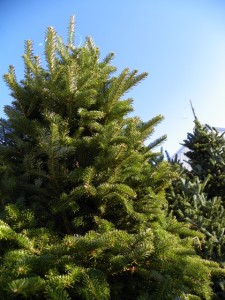
Caring for Living and Live Cut Christmas Trees
Ready or not, Christmas is on the way. Keep the holidays real this year and support North Carolina farmers …



El inglés es el idioma de control de esta página. En la medida en que haya algún conflicto entre la traducción al inglés y la traducción, el inglés prevalece.
Al hacer clic en el enlace de traducción se activa un servicio de traducción gratuito para convertir la página al español. Al igual que con cualquier traducción por Internet, la conversión no es sensible al contexto y puede que no traduzca el texto en su significado original. NC State Extension no garantiza la exactitud del texto traducido. Por favor, tenga en cuenta que algunas aplicaciones y/o servicios pueden no funcionar como se espera cuando se traducen.
Inglês é o idioma de controle desta página. Na medida que haja algum conflito entre o texto original em Inglês e a tradução, o Inglês prevalece.
Ao clicar no link de tradução, um serviço gratuito de tradução será ativado para converter a página para o Português. Como em qualquer tradução pela internet, a conversão não é sensivel ao contexto e pode não ocorrer a tradução para o significado orginal. O serviço de Extensão da Carolina do Norte (NC State Extension) não garante a exatidão do texto traduzido. Por favor, observe que algumas funções ou serviços podem não funcionar como esperado após a tradução.
English is the controlling language of this page. To the extent there is any conflict between the English text and the translation, English controls.
Clicking on the translation link activates a free translation service to convert the page to Spanish. As with any Internet translation, the conversion is not context-sensitive and may not translate the text to its original meaning. NC State Extension does not guarantee the accuracy of the translated text. Please note that some applications and/or services may not function as expected when translated.
Collapse ▲
Ready or not, Christmas is on the way. Keep the holidays real this year and support North Carolina farmers …

Tree Alternatives for the Holidays! This year’s supply chain disruptions threaten to turn even the annual hunt for a holiday …
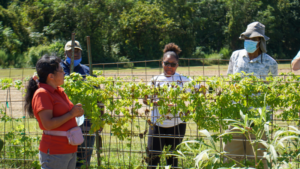
Are you interested in learning more about specialty fruit and vegetable production and market opportunities? Join Dr. Kathleen Liang, Co-Director …
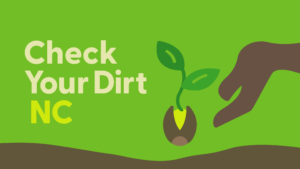
Take this anonymous survey about your garden soil history and management to identify potential sources of contamination, how to …
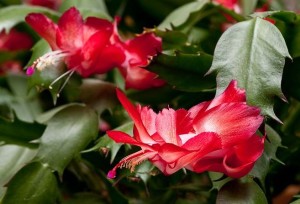
Cacti are usually not at the top of most people’s gift list, to give or receive. This is probably …

The Duke University Superfund Research Center’s Community Engagement Core, working with N.C. Cooperative Extension has created resources to help …

By Paige Patterson, Extension Agent – N.C. Cooperative Extension, Watauga County Center For as long as I remember, the smell of …

In addition to pre-cut Fraser firs, many garden centers offer living trees grown in containers for sale as Christmas …
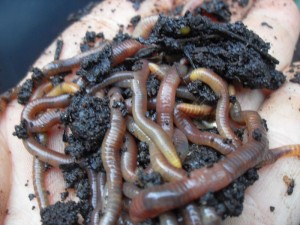
Looking for an interesting winter project and a way to get rid of the vegetable and fruit scraps left …

Need some privacy? Want to screen out the view into your neighbor’s yard? Consider planting a living fence of …
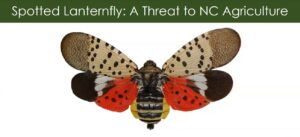
Whitney Swink introduces the spotted lanternfly in this 1-hour video. First found in eastern Pennsylvania in 2014, spotted lanternfly …

North Carolina Department of Agriculture and Consumer Services Soil Test Form for Homeowners. For N.C. properties 1 acre or less. …
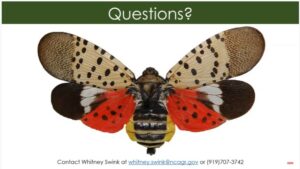
Be on High Alert for Spotted Lanternfly Alarmingly, the N.C. Department of Agriculture and Consumer Services received notice from the …

Though not native to the east coast, pecan trees are a common sight in our area. So are pecan …
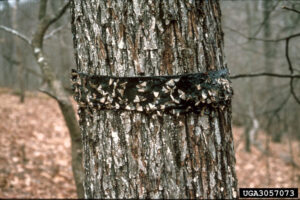
It’s hard not to love this time of year between the spectacle of fall colors and the reprieve of …

The gentle hum of bees, butterflies, and moths is the sound of success in Sampson County where Extension Master Gardener℠ …

Planting bulbs this fall is an easy way to guarantee a splash of color for your spring landscape. November …

Charles Murphy interviews Cheryl Kearns, Editor of both the newsletter and the Journal for the Magnolia Society International. Learn …

Spotted lanternfly is an invasive insect that was first detected in the United States in Pennsylvania in 2014. This …
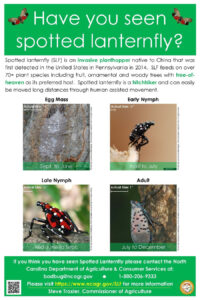
N.C. Department of Agriculture and Consumer Services – Plant Industry Division has received numerous reports of potential Spotted Lanternfly …
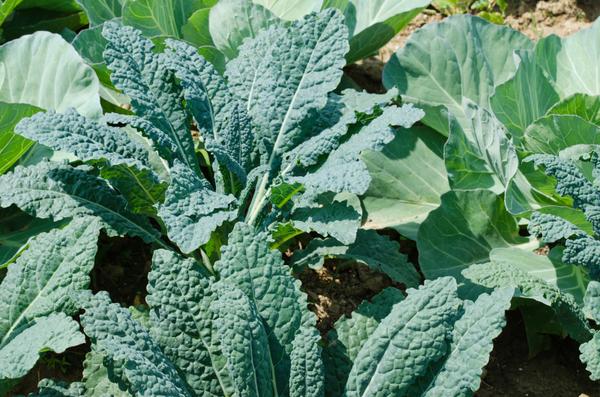
This series of publications provides information about how to grow, harvest, and prepare a variety …
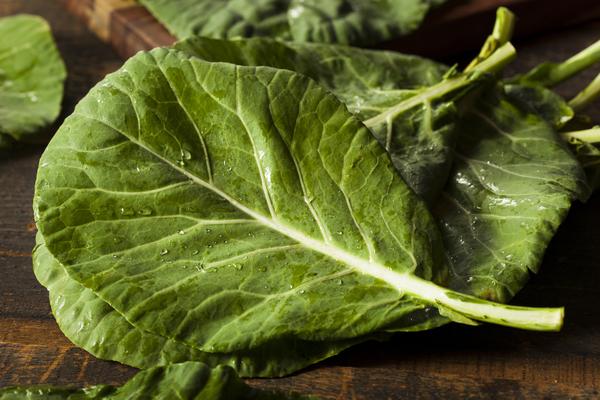
This series of publications provides information about how to grow, harvest, and prepare a variety …
The Gardening Activity Guide is designed to expose young children to seasonal fruit and vegetable …
Gardens bring communities together. Not only are community gardens a good way to get more …
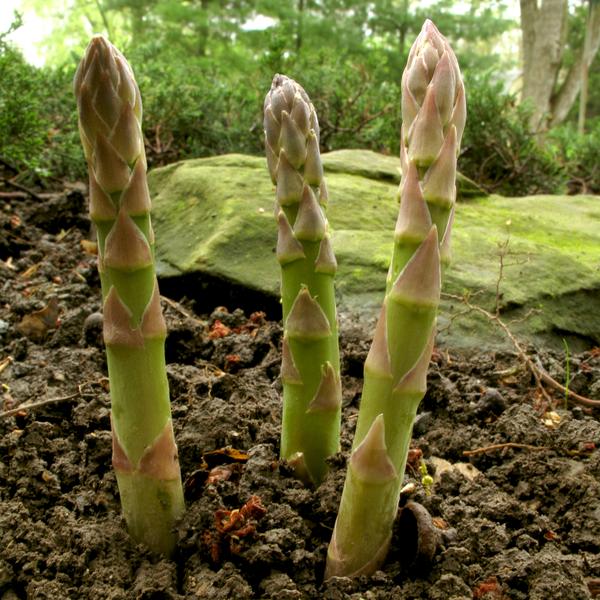
This series of publications provides information about how to grow, harvest, and prepare a variety …
Flowers have traditionally been used in many types of cooking: European, Asian, East Indian, Victorian English, …
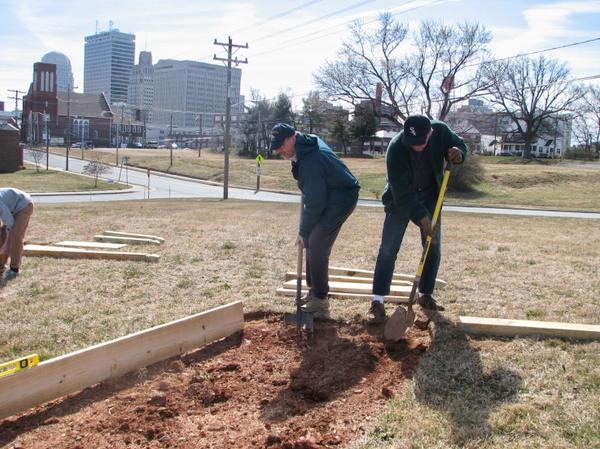
This publication covers the keys to a successful community garden of individual plots including forming …
This publication offers a guide to growing edible plants year-round in containers. Includes planting and …